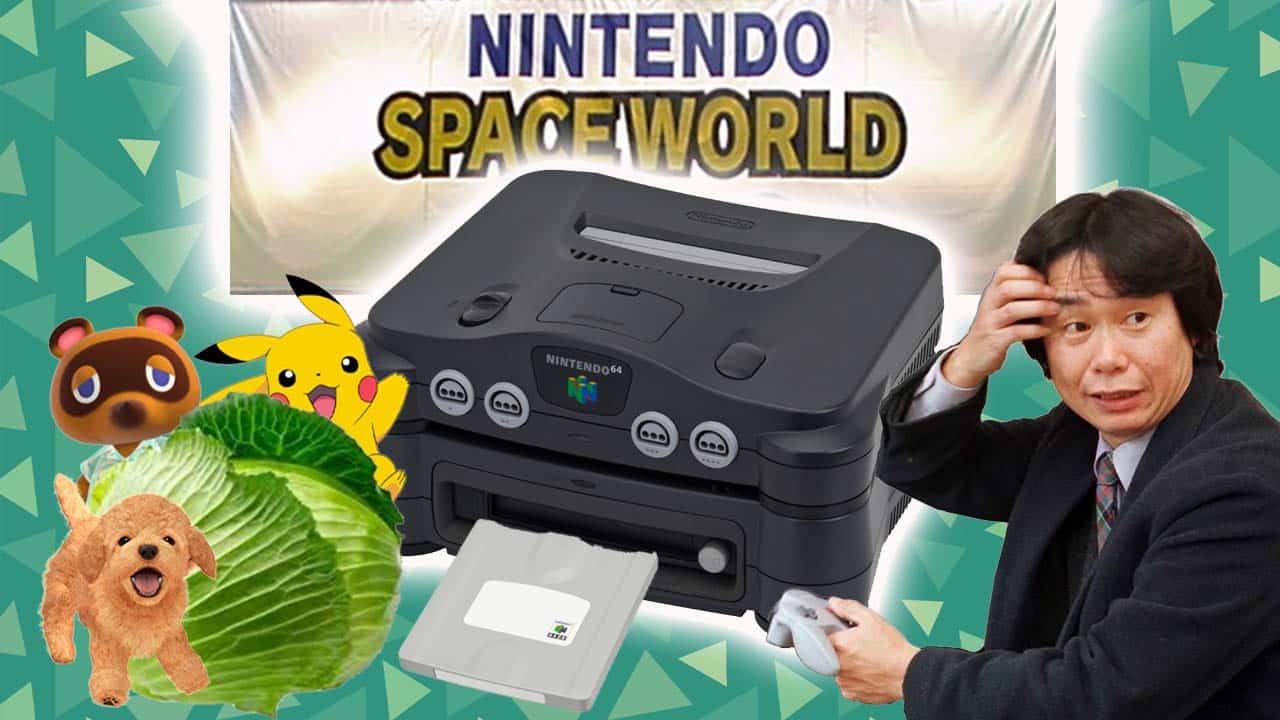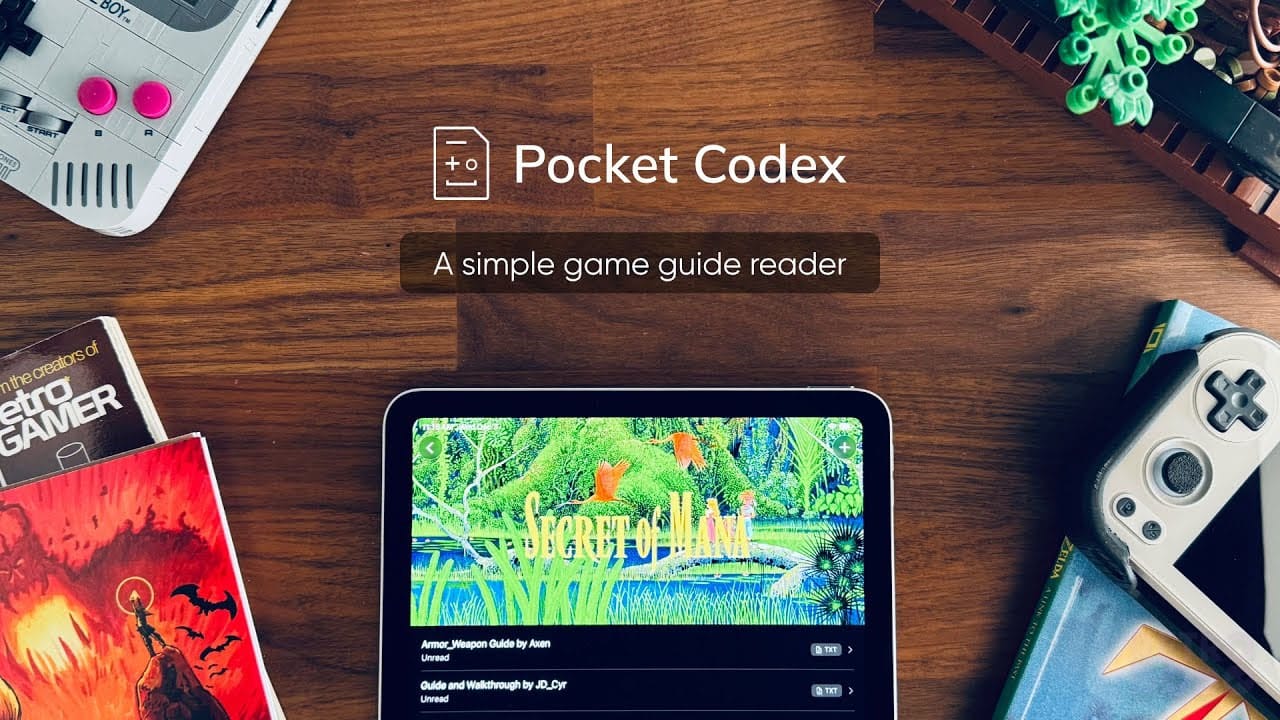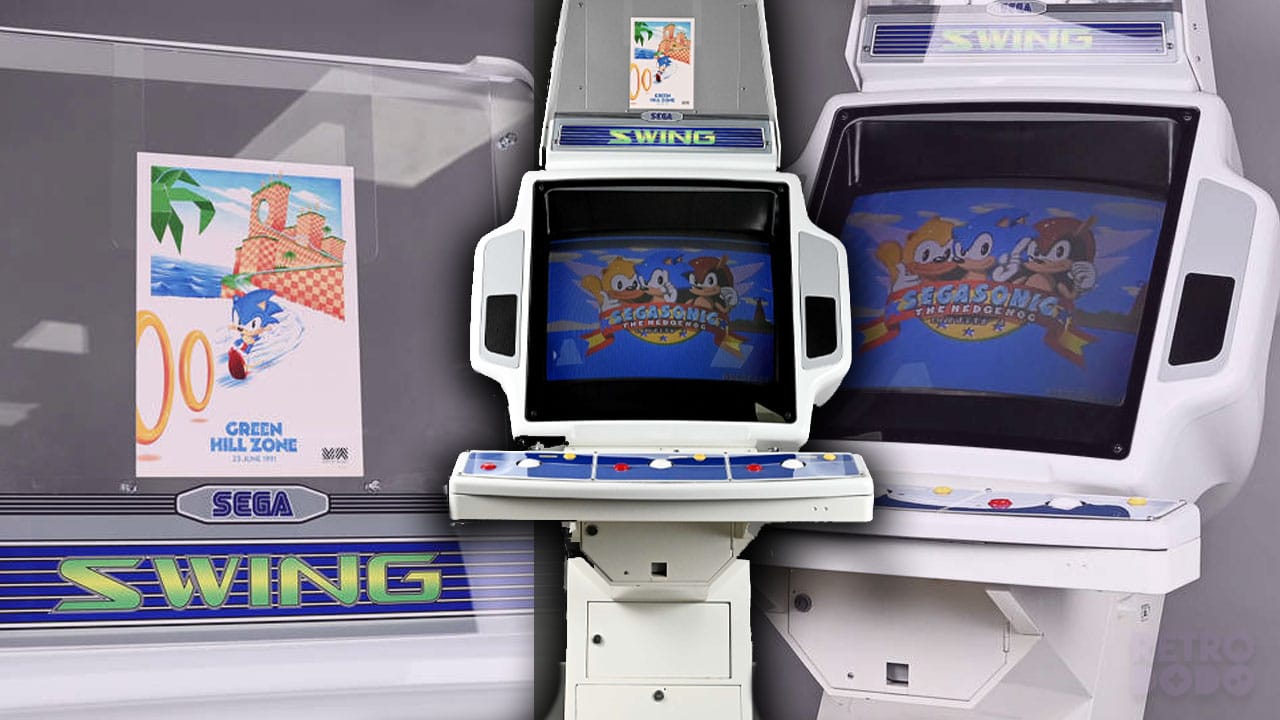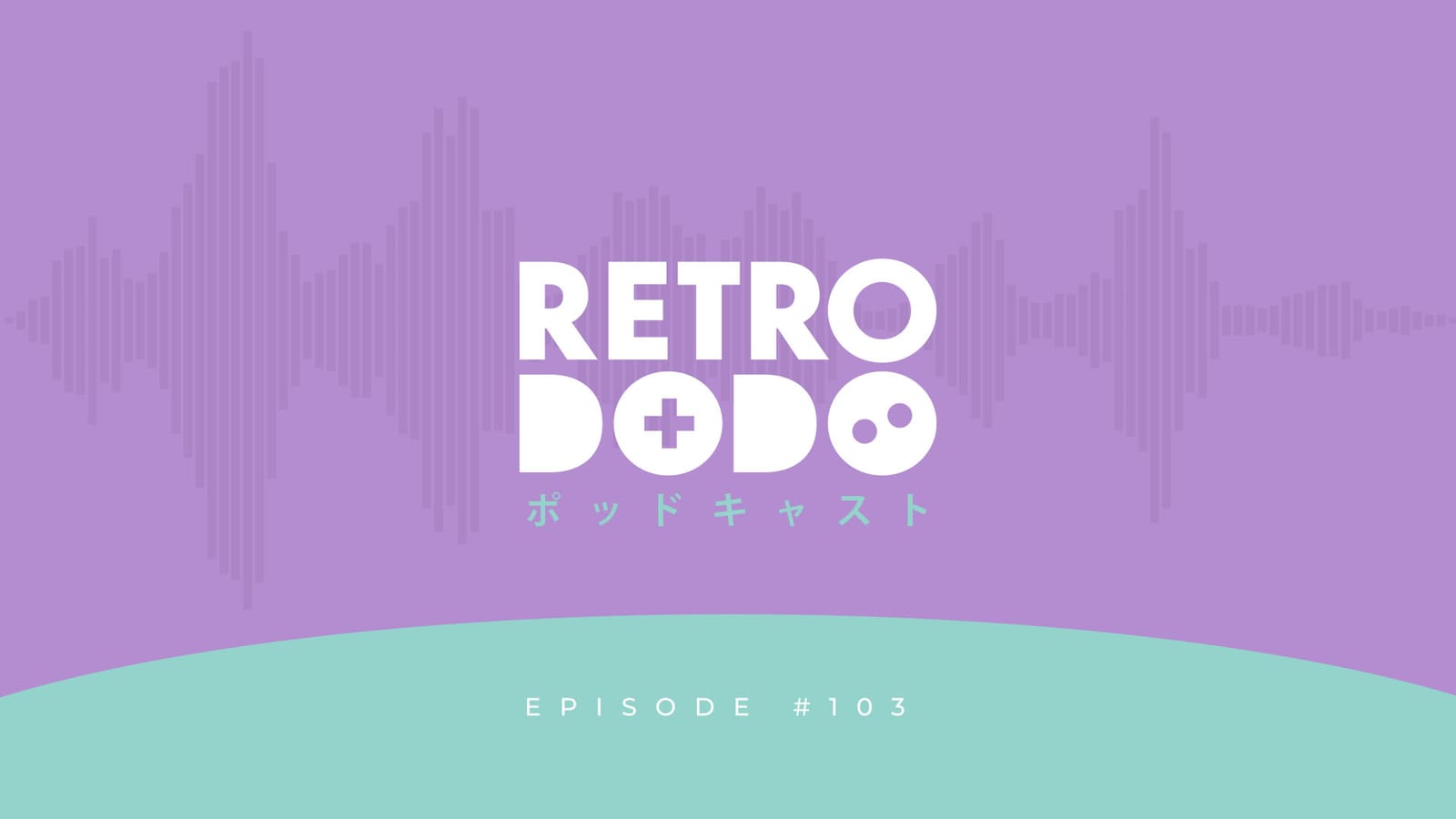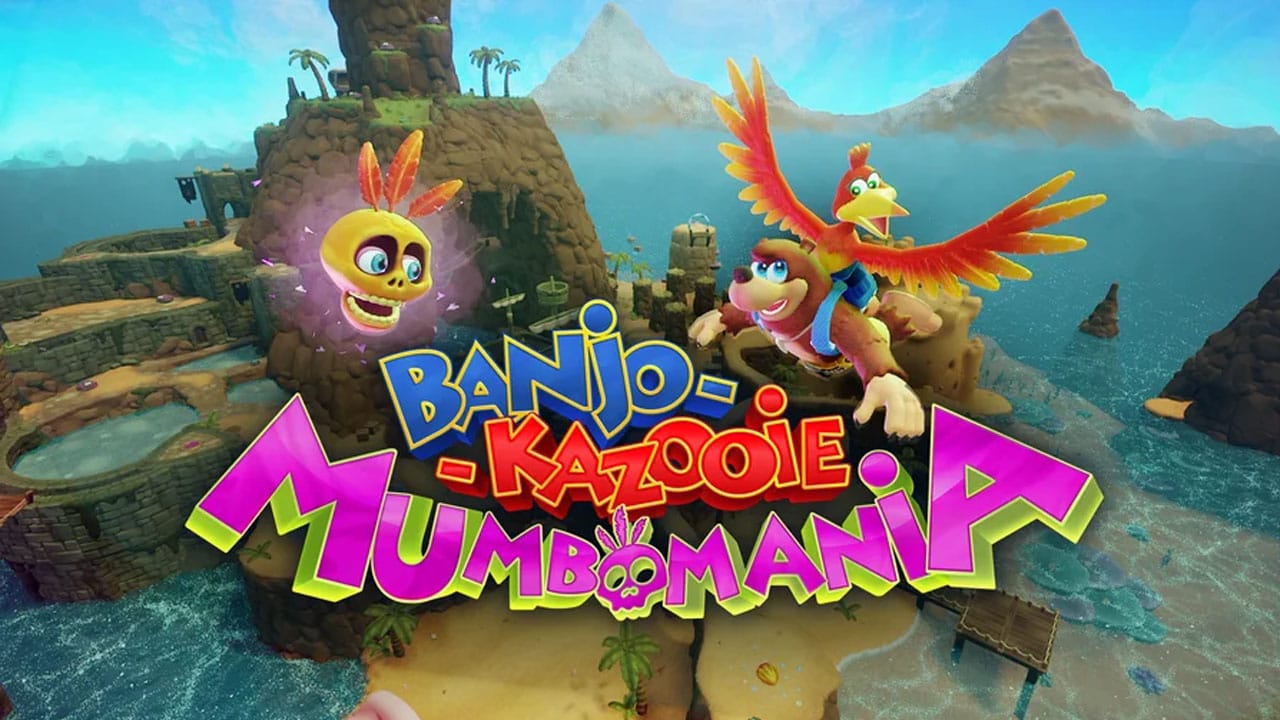As a team of retro gaming writers, we spend a lot of time reminiscing about the games that we used to play in our youth. A lot of our days are spent thinking about the first time we played Glover, the first time we loaded up Spyro the Dragon, and the characteristic sounds of the GameCube turning on.
For me, there are a few words in the Retro Gaming universe that tend to have a sense of mystique about them. The SEGA Dreamcast is one of them, a console that, when you see one in a second-hand shop, brings about ideas of ‘what could have been,’ a failed swan song from a company that created so many amazing games in its heyday.
And then there are cancelled games and consoles, titles that we ended up reading about that promised great and wonderful things which never ended up coming to life. The build-up of excitement is almost like a tangible orb that you can hold onto, and one that, try as you might to get rid of as you grow up and move onto new and more immersive console experiences, never quite goes away.
I wonder how many of you will get that feeling when I say the word ‘Cabbage’. No, I’m not talking about the leafy green that your mum or grandma tried to get you to eat when you were a kid; I’m talking about the Nintendo game that, while pinned for amazing things, never came to fruition. And yes, I know a cabbage is a vegetable and not a ‘fruit ion’ – that word choice was just a happy coincidence.
I’ve been fascinated with the concept of Cabbage for a long time now. It’s one of those games that has its roots (excuse the vegetable pun again) in so many other Nintendo games that have appeared over the years and can be linked back to a team of people who, through their actions, and genius minds, helped to shape Nintendo into the industry-leading name they are today.
Over the course of this article, I’ll be providing an in-depth insight into the thoughts behind a game that, while never actually released, was so incredibly influential. I’ve done some digging to collect everything I can find about Cabbage for you as well as some thoughts about a game that has been more on my mind than Charlie Buckett with his never-ending supply of cabbage stew.
What Is Cabbage?
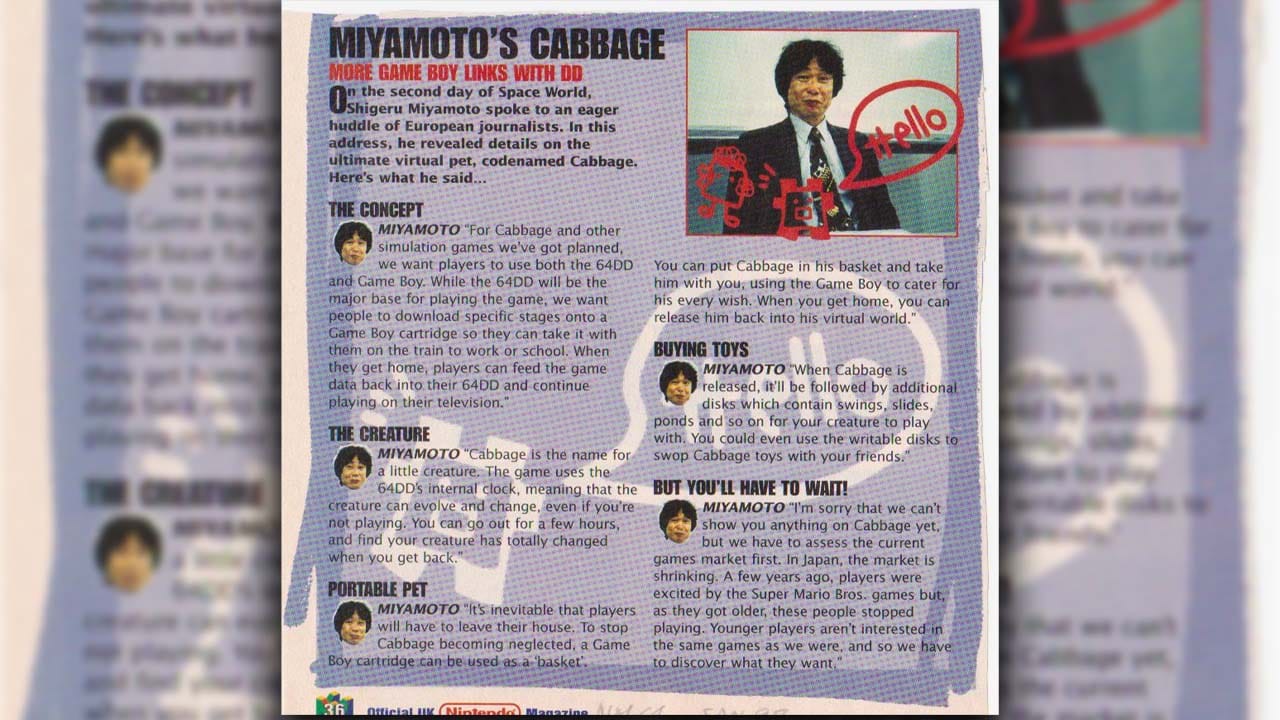
I’ve mentioned the name of this game so many times that I better actually start telling you about it. The idea behind cabbage came from the world of Tamagotchis, a craze that swept the world and kept children from concentrating in classes. The whole thing was set inside a garden, as you would expect with a name like Cabbage, and would use the Nintendo 64DD’s internal clock to create real-time inside the game. For those of you who have played Animal Crossing, then you’ll know all about the turning of night to day while gaming.
The game promoted, or should I say ‘would have promoted’ a sense of uncertainty every time you turned it on. That’s because the little creatures (you’ve guessed it, called Cabbages) would evolve over time, meaning the characters you left when you went to work or out to walk the dog would be completely different when you got back home.
The idea of the game was to enhance the feeling we had when playing with our Tamagotchis in ways that, for the time, would have been mind-blowing. Cabbage could well have been the closest thing to actually having a real pet, closer than owning a Robotic Dog and squinting while looking at it on a lead.
In many ways, this concept was the first idea of taking a game with you outdoors to carry on with gameplay, a concept that while back in 1997 was like something from a movie, revolutionised the gaming world twenty years later with the coming of the Switch in 2017.
The Team Behind The Magic
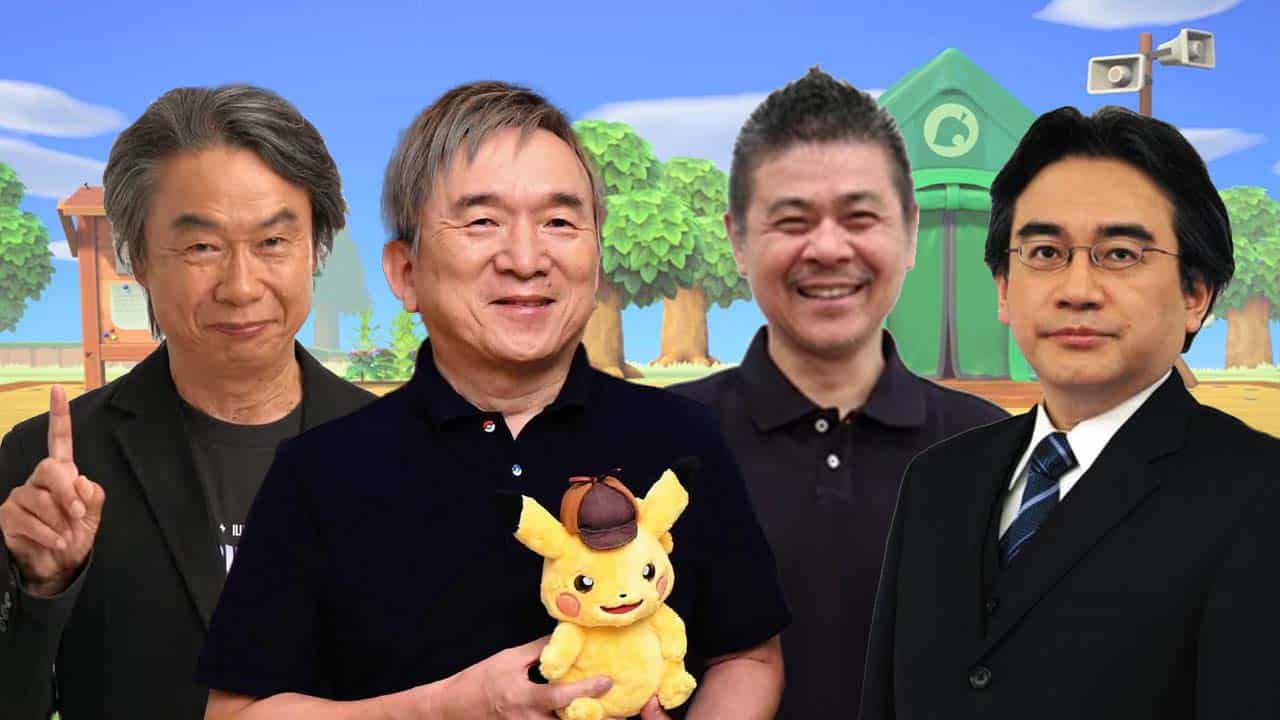
When I tell you that the dream team behind this game was made up mainly from three prominent names in the Nintendo world, it will make you even more excited for a game that never arrived. Shigeru Miyamoto (Zelda, Mario, Pikmin), Shigesato Itoi (Mother), and Tsunekazu Ishihara (Pokemon) worked together on the concept for Cabbage, with the dream being a game that was created entirely by three people.
They eventually brought Satoru Iwata into the mix, with the team working on the game for five years before announcing it in 1997. So even before the N64 was released in 1996, the team had been toying with this idea.
Speaking in 64 Dream Magazine back in 2000, Itoi expressed his hopes that Cabbage would be ‘a cool game’ with the same wow factor as Donkey Kong 64. He wanted to express images differently, reinventing the norm and coming up with something groundbreaking. I’m pretty sure Miyamoto would have done everything possible to steer him away from trying to go down the pre-rendered graphics route of Donkey Kong Country again, however – we all know he hated those!
Familiar Names
Let’s just take a look at another one of those names there for a second – Tsunekazu Ishihara. Pokemon is, as we all know, a game where players evolve small creatures, look after them, go camping with them, and build bonds with them. To have Cabbage as one of his root titles makes so much sense, and I’ll go on to talk about the inclusion of the real-time clock in Pokemon Gold (1998) and features in the games that could have come from his inclusion in the party.
Itoi is most famously known for working on Mother and indeed Mother 3 for the N64, another game that never came to light. Some could say that he was a little cursed to work on ideas that would never see the light of day, but the more I dig into Cabbage, the more I would argue his movements here made waves that have allowed me to play my favourite games today.
Itoi also exclaimed that they might have had Cabbage Patch Kids on their brains when coming up with the concept, another 90’s phenomenon that required children to physically look after a toy that needed them on a daily basis. But where the Cabbage Patch kid could be taken out of the house quite easily, how would players take their Cabbages from the 64DD and out into the world?
The Initial Design Phase
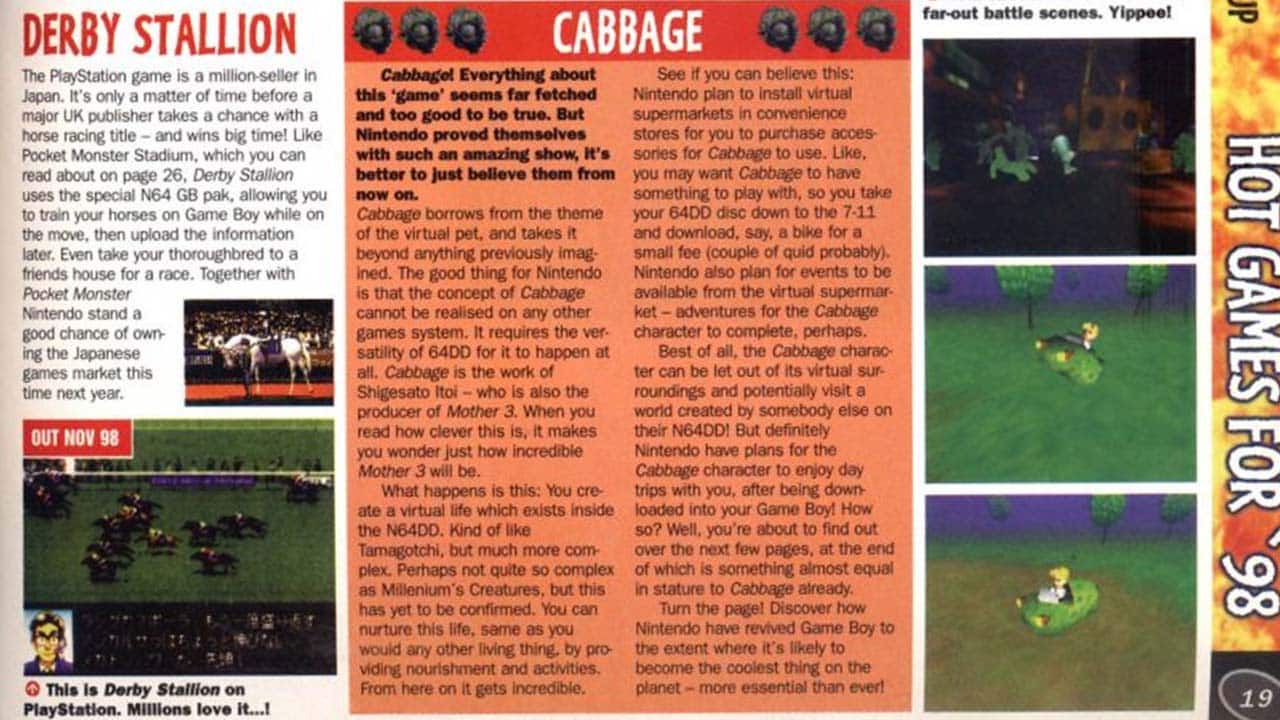
We all knew how hard it was to keep a Tamatgotchi alive; having a virtual life to take care of when we could hardly take care of ourselves was a tough task. The number of times I came home and my Tamagotchi was on ‘its last legs’ probably had a long-lasting effect on me. But then again, having a reset button on the back did make everything a lot easier.
As explained in issue 195 of Computer and Video Games Magazine magazine above, Nintendo had so many plans that, in my opinion, would have been hard to bring about when the game was announced in 1997, even with the addition of the 64DD (more on that in a little while).
The game was originally intended to drop on the Game Boy, and when you read what the team had planned in the next section, you’ll find it hard to believe that the DMG could have coped with any of this.
Eventually, the game was split between the Nintendo 64DD and the Game Boy. Shigeru Miyamoto explained that the Game Boy would allow users to download elements from the game onto their Game Boy and take it with them on their travels. When they got home, they could download the data to the 64DD and seamlessly carry on with their progress. Itoi described the Gameboy as more of a ‘cage’ for the animals which doesn’t really have that same kind of ‘friendly vibe’, but the same thought process was clearly there.
Shopping For Quests
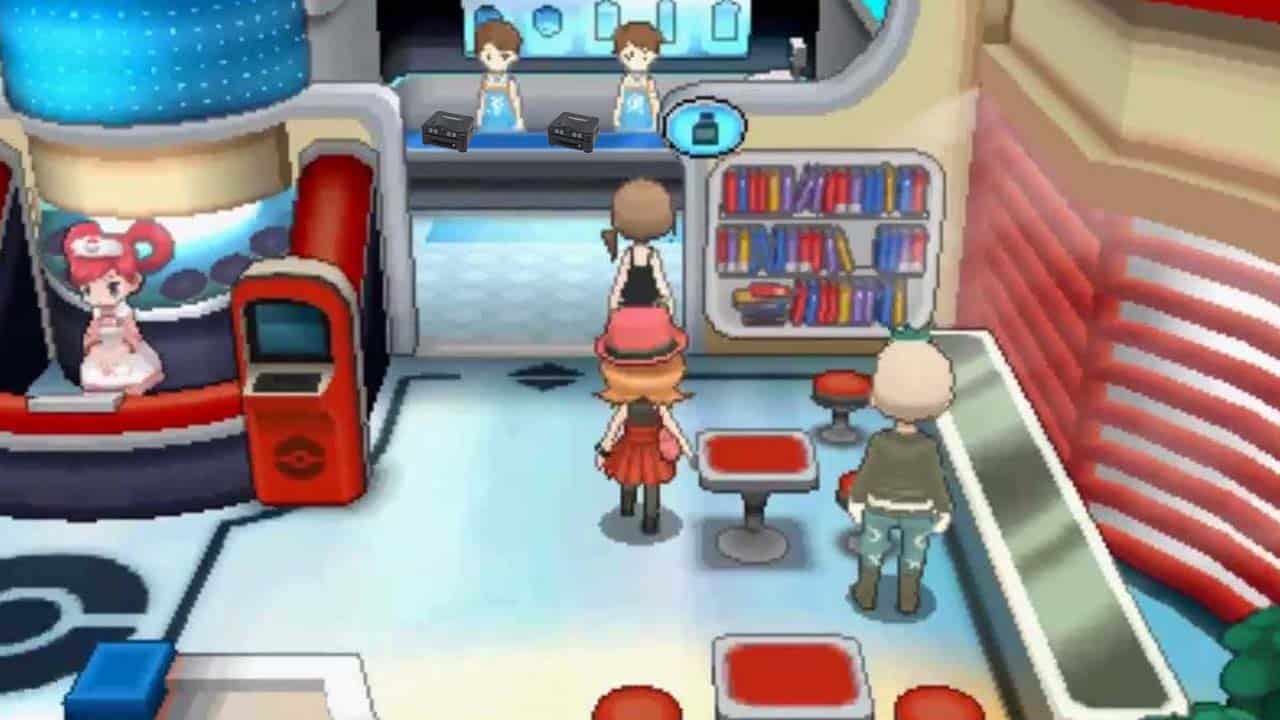
I’ve said a couple of times now that Cabbage blossomed into other titles that we have today, and I definitely see traces of it in Pokemon Go. As I explained above, the Nintendo 64DD and Game Boy were to work hand in hand, with players travelling around with their creatures on the Game Boy in order to take them to other player’s 64DD consoles. Still, it’s the fact that Nintendo wanted to install virtual shopping centres inside shops that reminds me more of the travelling element of Pokemon Go, getting up off the sofa and going out into the world to buy items for your Cabbage.
As explained in the clip from Issue 195 of Computer And Video Games Magazine above, players would take their 64DD disk and head down to a store to transfer data from what I can only assume would be some sort of ‘pre-paid meter’ style download system. The plan would also be to hold special events and quests that could only accessed from these stores, kind of like how we ended up walking to get to raid battles and discovering Gyms in Pokemon Go.
Just think about the sheer scale of an operation like that – the infrastructure that would have had to go into making this game possible would have been out of this world. Sending the technology to stores and training the owners on what to do when a kid came in asking for accessories for their cabbage would have been a mammoth task. The guy who owned the local shop when I was a child would have probably gone into the back and returned with a hat and sunglasses wondering why I wanted to dress vegetables up.
Players would use the Game Boy as a temporary environment for their creatures and go to other players’ houses in order to trade Cabbages and perform tasks. This makes me think of the Chao Garden from Sonic Adventure 2, which means that it’s highly likely that Cabbage’s reach could have even spilled out of Nintendo HQ and into other franchises too. It’s certainly no secret that Nintendo were also trying to outdo the imminent arrival of Seaman for the Dreamcast, one of the weirdest games we’ve ever reviewed here at Retro Dodo Towers.
Satoru Iwata’s Input
Some of you might be wondering what input Satoru Iwata had on the game; I mentioned everyone else’s achievements but never actually said what he had to do with the game. Well, he was brought in to make the game feel as real as possible by creating something called a neural network.
This essentially means that Iwata was tasked with making the characters in the game and, in this case, the ‘breeding process’ that the game was based on be as real-life as possible by a process of deep learning. We’re looking at some early artificial intelligence on the Nintendo 64DD, which reminds me a little of how Hex works in the Unseen University of Terry Pratchett’s Discworld books.

As explained in Mother Forever “The neural network is a program that mimics human neural circuits, and it works in unpredictable ways. Basically, it will be what we call a ‘breeding game,’ but you don’t know what kind of creatures will be born, and you will be breeding ten different kinds of creatures.”
I think we’ve already hit upon a problem; with a game that can infinitely reproduce random evolutions that are designed to be unpredictable, how does one check for bugs in the patterns at a time where ideas like this are so new? Iwata goes on to say that this process of checking for bugs would be ‘physically impossible’, which could be another reason why Cabbage never left the idea’s patch.
The 64DD & Dolphin
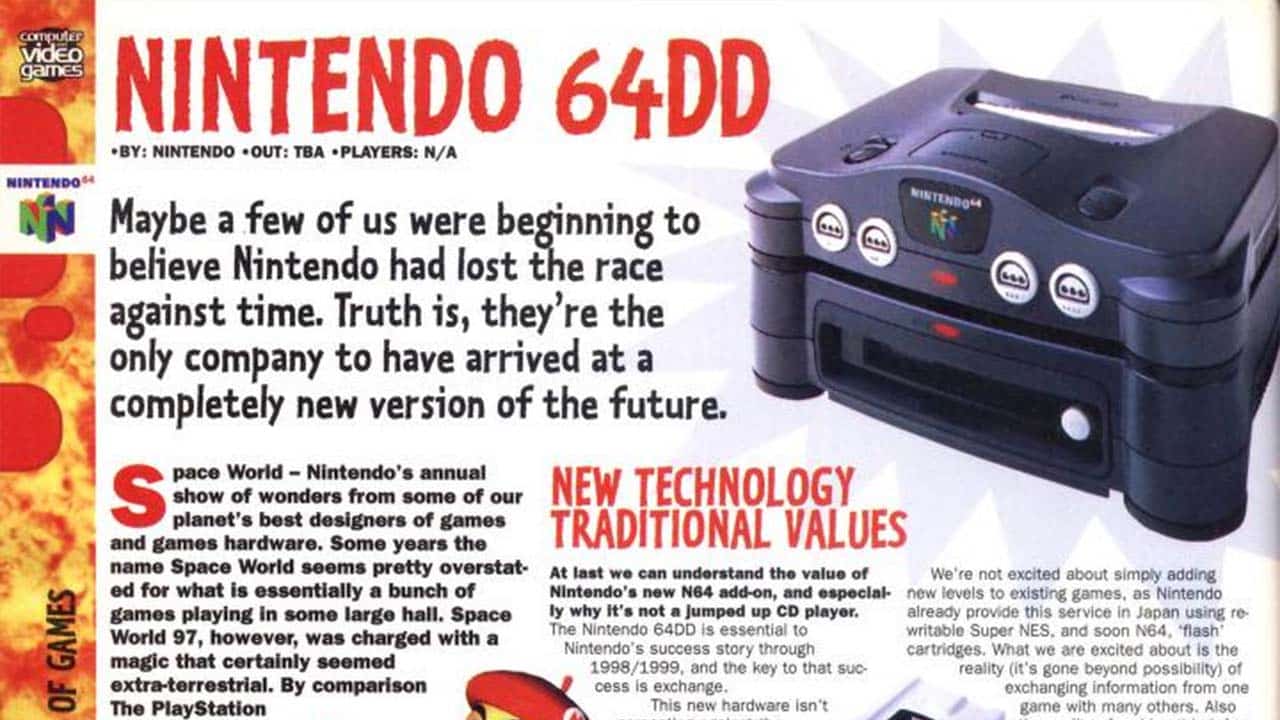
I’ve talked about the 64DD for so long that it’s about time I gave it a bit of an introduction. There are add-ons and accessories that made a great impact on the world – the N64 Expansion Pak being one of them, and let’s not forget the hard drive add-ons for the Xbox 360. And then there’s the 64DD, a major flop that made the N64 look like it was sitting on stilts. Heck, compared to this add-on, the SEGA CD actually looked like a success!
One of the things I love the most about Nintendo’s past is the use of cartridges. From the Game Boy to the N64, blowing dust out of little plastic cases and waiting for the loading screen to pop up was half of the experience for me as a kid, and after a brief stint on CDs for the GameCube, Wii, and Wii U, I’m happy that they’ve reverted back to tiny carts.

I discovered while trawling through IGN articles from 1998 that so many developers wanted Nintendo to go to CD-Roms so that they could bring games to the platform, but Ninty refused after falling out with Sony over the fabled CD drive for the SNES, a console that we’ve recently seen created by a modder with a steady hand and a circular saw. The fact that CDs could be pressed and carts couldn’t be chipped or copied was another major factor, a stance that Nintendo hasn’t changed over the years and something they’re trying to still combat now the that world of emulation and ROM creation is so prominent.
Sony would eventually go on to make the PS1 instead of working with Nintendo, and we all know how popular their maiden console and the PS2 would go on to be, bringing all the low-cost production benefits that devs had been hoping for with them. But Nintendo being Nintendo didn’t just want to go down the same route and copy Sony; that would have been too easy. They dreamed up the Nintendo 64DD, a peripheral that would use magnetic disks that could be written over and added to, hence the downloadable data from convenience stores plan.
I want to reiterate that we’re talking about the late 90s here, and the fact that Nintendo were talking about putting your actual face on characters in a game, downloadable content onto existing games, and evolving titles using Satoru Iwata’s neural network – it’s the stuff that my dreams were made of as a kid, which goes some way to helping to explain why I loved this concept so much.
As well as more memory and space to store fonts and sounds on a built-in chip, the inclusion of the real-time clock would have been like us stepping into the metaverse back in the 90s. I’ll get onto the Nintendo games that use this more prominently in a second, but let’s think of the possibilities that this could have created.
Imagine playing a version of Banjo Kazooie where, while you were sleeping, Gruntilda came and changed everything overnight, tearing down Spiral Mountain and capturing Bottles the Mole with Banjo being knocked out in the process. Imagine a version of Zelda where the Skull Kid sneaks up on Link while he sleeps, or Mario being in a completely different world to the one you left him in because he couldn’t rest.
And then there was the fact that there were rumours of a Nintendo gaming network thanks to a built-in modem and a possible satellite connection. Honestly, if the 64DD would have been a person, it would have been under so much pressure to live up to all of the hype that it was under. When you look at all of the ideas and tech that it was expected to include, there’s no wonder it never took off. Sadly, it seems that it was doomed to fail before it began.
Dolphin
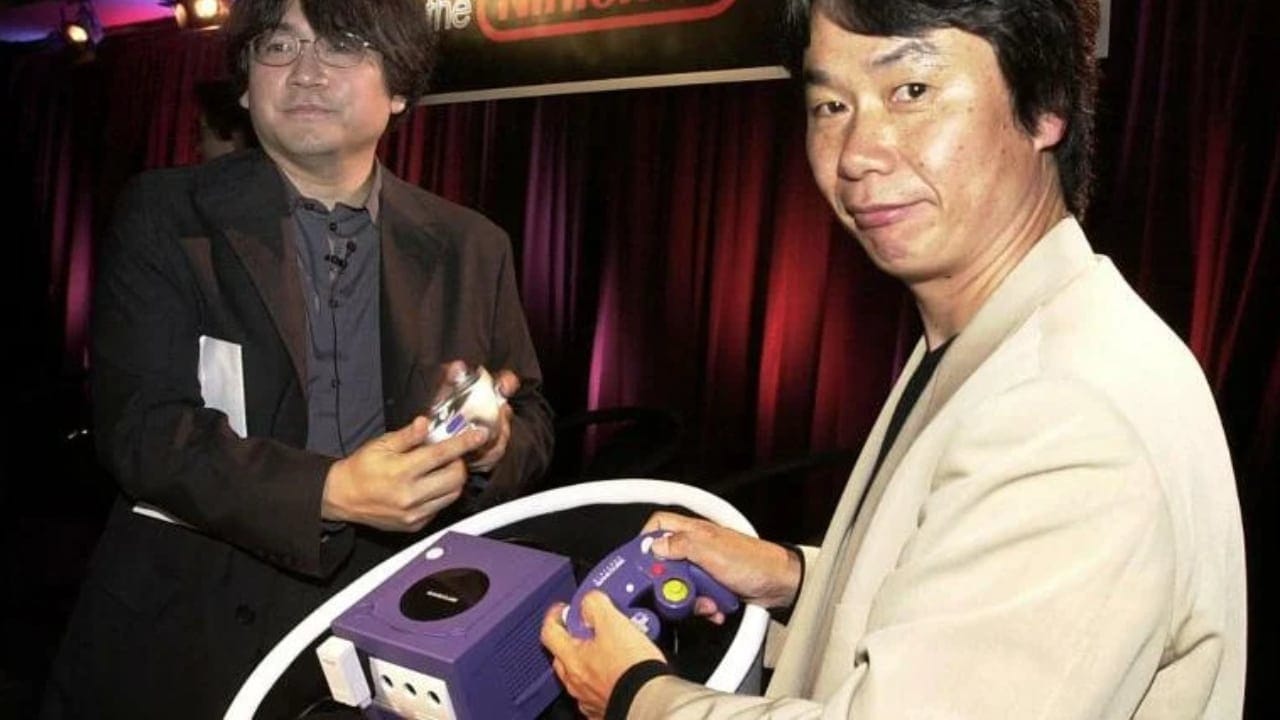
While working on the Nintendo 64DD, Nintendo were also working hard on the GameCube. Back in the day it was called ‘Dolphin’, which is why we have the GameCube Dolphin emulator. (Don’t you just love it when things go full circle?).
After denouncing discs for their games for so long, Nintendo would move to the tiny GameCube discs that wowed me and many other gamers in the early 2000s. How could they fit so much data on such a tiny disc?
Instead of game carts on the N64 or writable magnetic game disks teased for the 64DD, players made use of memory cards to save data that could be transferred between consoles. We saw some of the features pre-empted for the 64DD too such as hooking up Game Boys for extra features, and a modem adapter to get onto the internet, though the games list of online play was very limited.
Shigeru Miyamoto did speculate at one point that Cabbage might appear on the Dolphin, but by this time, every member of the team was working on another project, undoubtedly implementing the ideas they had for the mysterious breeding game into other titles they were working on.
The Games That Cabbage Influenced
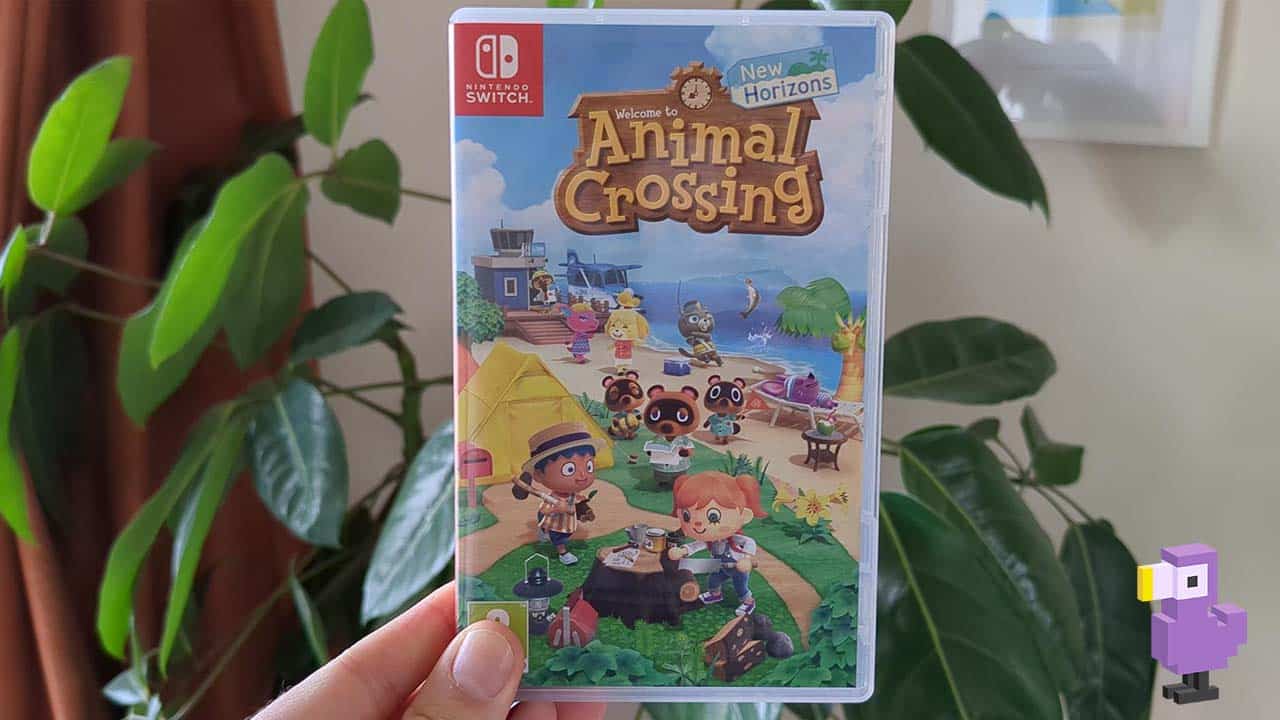
No gameplay ever surfaced from Cabbage. It was supposed to be revealed at Spaceworld 2000 but never appeared, meaning that we don’t actually know what the game would have looked like, how it would have played, or even the sounds of the intro.
Still, as I’ve said all the way through this article, we can see traces of this game in so many Nintendo titles, which is why I’ve made such emphasis about them so far.
Let’s start off with the obvious influences Cabbage had on Animal Crossing. In many senses, it could be said that Animal Crossing was the spiritual successor to Cabbage, a game where players interact with characters, players wait for night and day to pass, items take time to grow, and the environment is ever-changing. I wouldn’t be surprised to see Tom Nook selling Cabbages sooner or later to prove this once and for all.
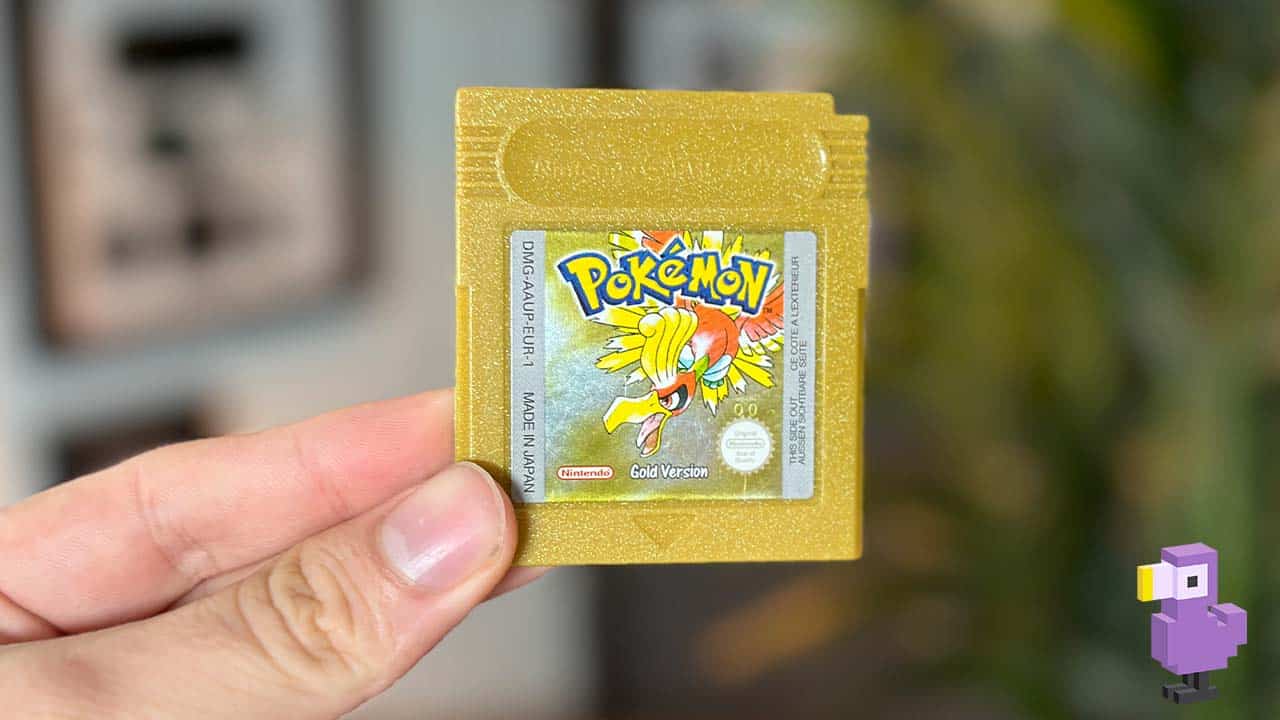
We’ve already touched on the obvious link to both Pokemon Go and the Pokemon series from Gold and Silver onwards. The amount of times Nurse Joy tells me that ‘I’m out late’ when I go to the Pokemon Center at 11pm is getting a little out of hand. Let’s also consider the Pokemon nurturing factor, trading between Game Boys, and utilising teams on Pokemon Stadium.
Can you think of any other titles where looking after small pets comes into play? Nintendogs is as close to a Tamagotchi experience as you can get on the DS without actually having a Tamagotchi or small dog in your hand while playing. It’s interactive and portable, everything that Nintendo wanted Cabbage to be back in the day. There’s also Pikmin, a game where players literally pluck creatures from the earth and have to look after them as day turns to night.
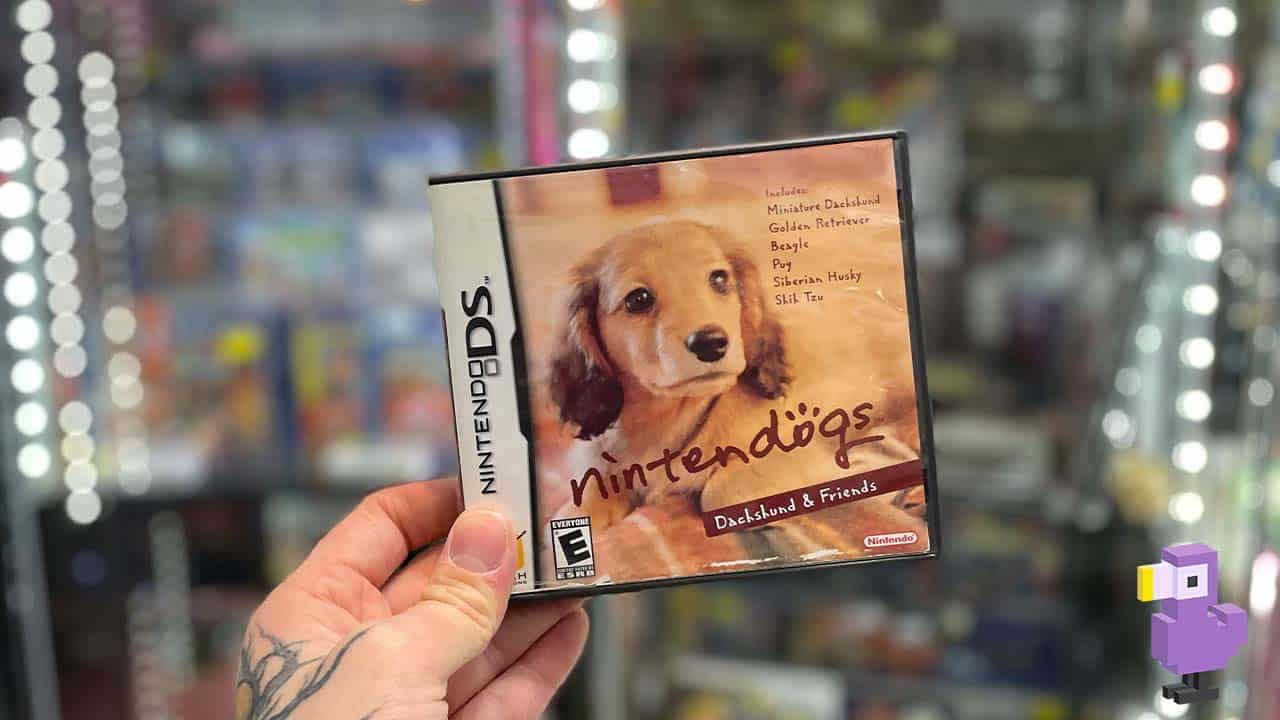
Finally, I want to touch on the phenomenon of the Wii and creating Mii’s, having a likeness of yourself in a game and seeing yourself playing tennis or racing along a track with Mario. Although it wasn’t quite capturing yourself and messing around with Mario Artist Paint Studio, it was still amazing to see yourself playing against your dad at Mii Boxing (and that Mii of my Dad was so uncanny we actually thought it was him).
Lost, But Not Forgotten
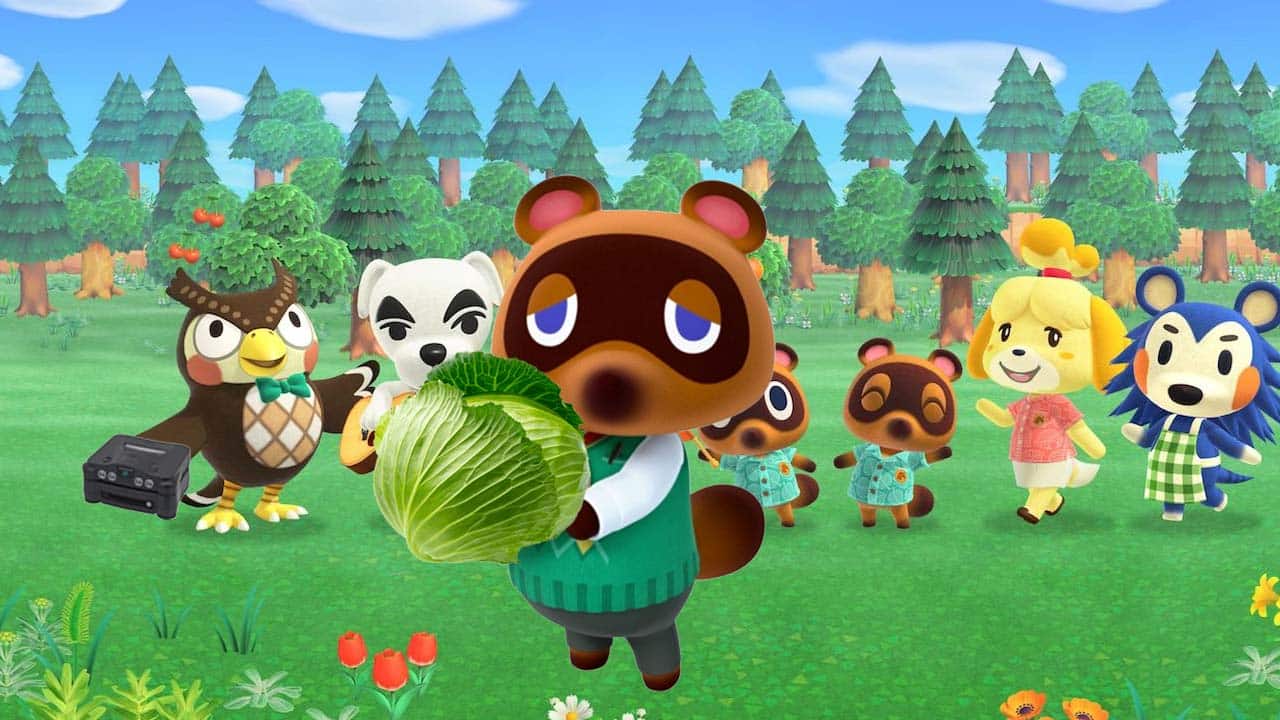
The 64DD essentially ‘Dreamcasted’ itself; it was too ahead of its time in a market that wasn’t ready for it. If it had waited a few more years before dropping, then it could have been a huge success, but because it ended up a commercial failure, it now sells on eBay for astronomical amounts of money and is considered a rare collector’s item.
As I said at the beginning of this article, it’s not often a game that never came out, let alone one that we never saw any gameplay or trailers for, ended up making such a void in the gaming industry. While Cabbage never made it to the 64DD or the GameCube, the developers that worked on it and the creative processes behind it helped to make some of Nintendo’s most-loved game series happen, using their ideas to bring joy to millions.
I guess if we were to sum Cabbage up, it was a sort of virtual ideas board, a melting pot for a team of thinkers and dreamers at a time when technological advancements and shifting markets were against them. When writing an article, a song, or a game, sometimes you just have to hash out all of your ideas before you find a winning formula, and that’s how Cabbage feels to me, like an album created by a short-lived band that went on to all have incredible solo careers.
Had the Nintendo 64DD flown off shelves, we could have all been wearing T-shirts with Cabbage creatures on them rather than championing a small Tanooki capitalist that deals in bells. For now, we can only wonder what could have been and be thankful that Cabbage lives in hundreds of games in Nintendo’s back catalog. For a game that never existed, that’s not a bad resume at all!


